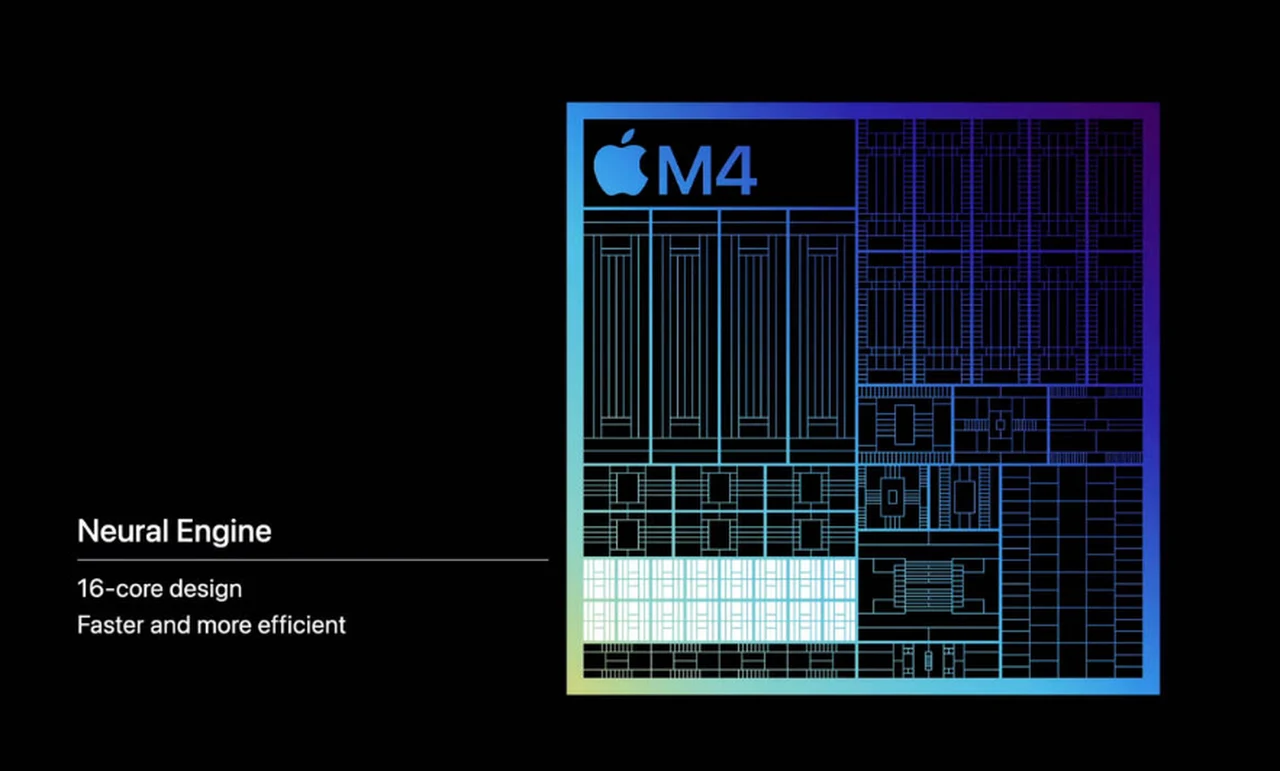A Neural Engine, specifically Apple’s Neural Engine (ANE), is a specialized hardware component designed to accelerate machine learning tasks on Apple devices. Introduced with the iPhone X and the A11 chipset, it enhances various functionalities such as Face ID, computational photography, and other machine learning applications by optimizing performance and power efficiency. The ANE works in conjunction with the CPU and GPU to execute machine learning models more effectively, particularly for tasks requiring low power consumption.
What is a Neural Engine?
Apple’s Neural Engine (ANE) is a specialized hardware component designed to accelerate machine learning tasks on Apple devices. Introduced with the iPhone X and the A11 chipset, it enhances functionalities such as Face ID, computational photography, and other machine learning applications by optimizing performance and power efficiency. The ANE works alongside the CPU and GPU to execute machine learning models more effectively, particularly for tasks requiring low power consumption.
The Neural Engine is a dedicated hardware unit that first appeared in the iPhone X, integrated with the A11 chipset. This specialized component is crucial for executing complex machine learning models quickly and with minimal power usage. Machine learning involves using algorithms and statistical models to enable computers to perform tasks without explicit programming. It requires training with large datasets and includes techniques such as:
- Supervised learning
- Unsupervised learning
- Neural networks
These techniques are essential for applications like email filtering, computer vision, and facial recognition. In everyday use, machine learning powers various applications, including computational photography, scene analysis, and video stabilization. For instance, in computational photography, machine learning algorithms enhance image quality by automatically adjusting lighting and color balance.
Here are some other articles you may find of interest on the subject of Apple Intelligence the companies new AI features :
Core ML and the Role of ANE
Core ML is Apple’s machine learning API that leverages the CPU, GPU, and ANE for optimal performance. While there is no public framework for direct ANE programming, Core ML allows developers to seamlessly integrate machine learning models into their apps. This integration ensures that tasks like image recognition and natural language processing are executed efficiently.
The performance of the Neural Engine has seen significant improvements over time:
- The M1 Neural Engine can perform 11 trillion operations per second
- The M2 and M3 can handle 15.8 trillion operations per second
- The latest M4 Neural Engine features an impressive 38 trillion operations per second
These metrics highlight the rapid advancements in Apple’s machine learning capabilities. The ANE supports 16-bit floating-point operations (FP16), which are optimized for inference rather than training. This optimization ensures that the Neural Engine can execute pre-trained models with high efficiency and low power consumption, making it ideal for mobile devices.
Market Comparisons and Apple’s AI Strategy
Apple’s Neural Engine is not the only neural processor in the market. Similar processors are found in devices from Qualcomm, Samsung, and Huawei. However, high-end GPUs like those from Nvidia offer significantly higher operations per second, catering to more demanding machine learning tasks.
Apple focuses on on-device AI models and cloud integration to enhance user experience. Features like generative text editing, personalized notifications, and natural language interactions are powered by the Neural Engine. This strategy ensures that AI functionalities are accessible and efficient on Apple devices.
While detailed information for developers is limited, the ANE primarily aids in executing pre-trained models. This capability is crucial for applications like Siri, where natural language processing and personalized interactions are essential. For consumers, the Neural Engine enhances the performance and efficiency of various AI-driven features on their devices.
As machine learning continues to evolve, the emphasis on neural processors is expected to grow, with potential challenges in effectively communicating their value to consumers and developers. The role of specialized hardware like the Neural Engine will become increasingly important in delivering advanced AI functionalities.
In summary, Apple’s Neural Engine plays a pivotal role in accelerating machine learning tasks on Apple devices. By optimizing performance and power efficiency, it enhances various functionalities, from Face ID to computational photography, making it a cornerstone of Apple’s AI strategy.
Video Credit: Source
Filed Under: Technology News
Latest TechMehow Deals
Disclosure: Some of our articles include affiliate links. If you buy something through one of these links, TechMehow may earn an affiliate commission. Learn about our Disclosure Policy.
